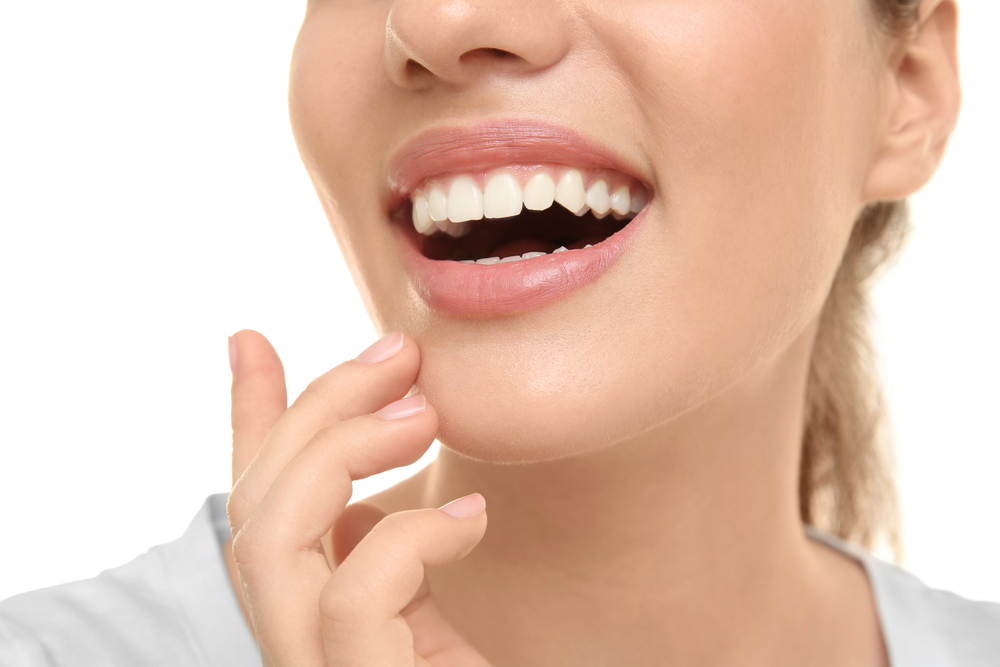What is Cosmetic Dental Bonding?
Cosmetic dental bonding is a versatile and minimally invasive cosmetic dentistry procedure used to correct various dental imperfections. It involves the application of a tooth-colored composite resin material to the tooth surface, which is then sculpted, shaped, and bonded to the tooth using a special light. This procedure effectively conceals imperfections, such as chips, cracks, gaps, discoloration, and minor misalignments, creating a more aesthetically pleasing smile.
Benefits of Cosmetic Dental Bonding
Cosmetic dental bonding offers several benefits for patients seeking to enhance their smiles. Some of the key advantages include:
- Improved Appearance: Dental bonding can address various aesthetic concerns, including chips, cracks, gaps, and discoloration, resulting in a more attractive smile.
- Minimally Invasive: The bonding procedure typically requires minimal tooth preparation, preserving the natural tooth structure.
- Fast and Efficient: Dental bonding is usually completed in a single visit, providing immediate results.
- Affordable: Compared to other cosmetic dental procedures, bonding is a cost-effective option for smile enhancement.
Who Qualifies for Cosmetic Dental Bonding?
Cosmetic dental bonding is an excellent option for individuals who wish to improve the appearance of their teeth. It is suitable for patients with:
- Chipped or Cracked Teeth: Dental bonding can restore the natural shape and integrity of teeth with minor chips or cracks.
- Gaps Between Teeth: Bonding can close small gaps or spaces between teeth, creating a more even and harmonious smile.
- Discolored or Stained Teeth: Teeth that are discolored or stained can be effectively masked with tooth-colored bonding material, resulting in a brighter smile.
- Slightly Misaligned Teeth: For minor misalignments or irregularities in tooth shape, bonding can provide a quick and conservative solution.
The Cosmetic Dental Bonding Process
Consultation
During your initial consultation with Dr. Nishime, he will assess your oral health, listen to your concerns, and discuss your smile goals. This is an opportunity for you to ask questions and learn more about the dental bonding process. If you’re feeling nervous about the procedure, we can offer sedation dentistry options that can be applied before bonding begins.
Preparation
The tooth receiving the bonding treatment will be prepared by lightly etching the surface, creating a textured surface for better bonding of the composite resin.
Bonding
Dr. Nishime will carefully apply the tooth-colored resin material to the prepared tooth, skillfully shaping and sculpting it to achieve the desired results. The resin is then hardened and bonded to the tooth using a special curing light.
Once the bonding material has hardened, Dr. Nishime will trim, shape, and polish it to blend seamlessly with your natural teeth, ensuring a natural-looking and beautiful result.
Cosmetic Dental Bonding Aftercare
Proper maintenance and care are essential to ensure the longevity and aesthetics of your dental bonding. By following these guidelines, you can keep your bonded teeth in optimal condition:
- Oral Hygiene: Maintain a consistent oral hygiene routine by brushing your teeth at least twice a day with a soft-bristled toothbrush and fluoride toothpaste. Additionally, floss daily to remove plaque and debris from between the teeth and around the bonding.
- Avoid Staining Agents: Limit the consumption of foods and beverages that can stain your teeth, such as coffee, tea, red wine, and tobacco products. If you do indulge in these items, rinse your mouth with water afterward or brush your teeth to minimize staining.
- Gentle Brushing Technique: Use a gentle brushing technique and avoid using excessive force when cleaning your bonded teeth. Aggressive brushing can potentially damage the bonding material or cause it to wear down prematurely.
- Avoid Chewing on Hard Objects: Refrain from biting or chewing on hard objects like ice, pens, or fingernails, as this can put unnecessary stress on the bonded teeth and increase the risk of chipping or fracturing the bonding material.
- Regular Dental Check-ups: Maintain regular visits to Advanced Restorative Dentistry for routine check-ups and professional cleanings. During these appointments, your Honolulu cosmetic dentist can assess the condition of your dental bonding, perform any necessary touch-ups or repairs, and ensure your overall oral health.
Frequently Asked Questions
No, cosmetic dental bonding is a painless procedure. It typically does not require anesthesia unless it is being used to repair a decayed tooth. If you’re experiencing dental anxiety, talk to your dentist about sedation dentistry options.
The lifespan of dental bonding depends on various factors such as oral hygiene, eating habits, and the location of the bonded tooth. With proper care, bonding can last for several years before requiring touch-ups or replacements.
Dental bonding is best suited for minor aesthetic improvements. In cases of extensive damage or larger gaps, alternative treatments such as porcelain veneers or dental crowns may be recommended.
Dental bonding is often considered elective and may not be covered by insurance. However, in cases where the purpose of dental bonding is restorative, exceptions may be made. Contact your insurance provider beforehand to confirm with them which costs they do and don’t cover.
Call Today & Transform Your Smile with Cosmetic Dental Bonding
Are you ready to transform your smile with cosmetic dental bonding? Contact Advanced Restorative Dentistry in Honolulu, HI, at (808) 732-0291 to schedule your consultation. Dr. Nishime and our dedicated team are here to serve patients from Honolulu and surrounding areas such as Kailua, O‘ahu, and Kapolei, HI. Experience the confidence and beauty of a stunning smile and take the first step towards your dream smile by learning more about the cost of dental bonding today.

